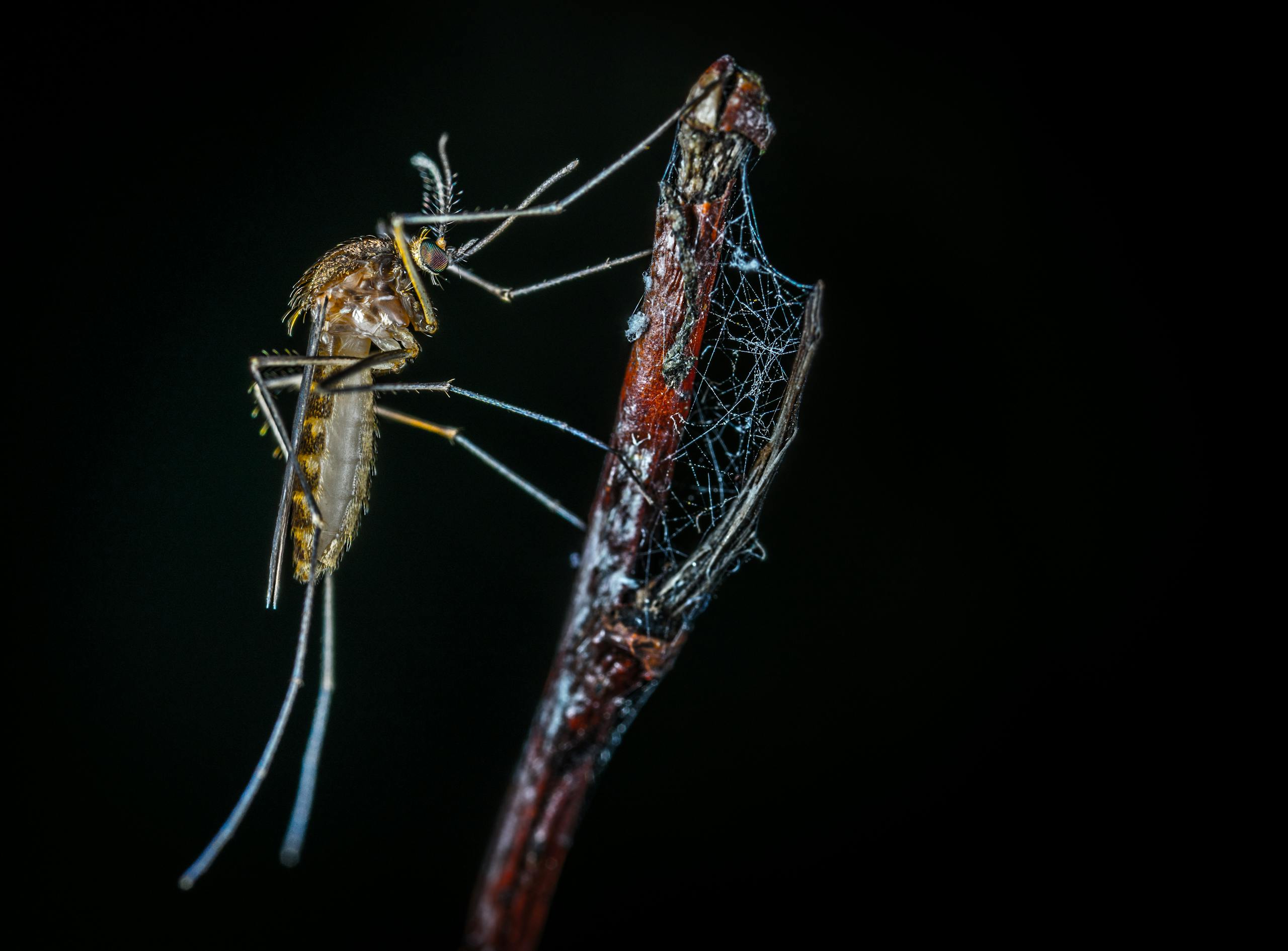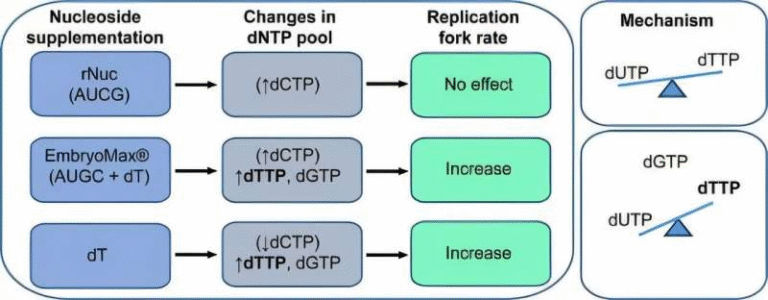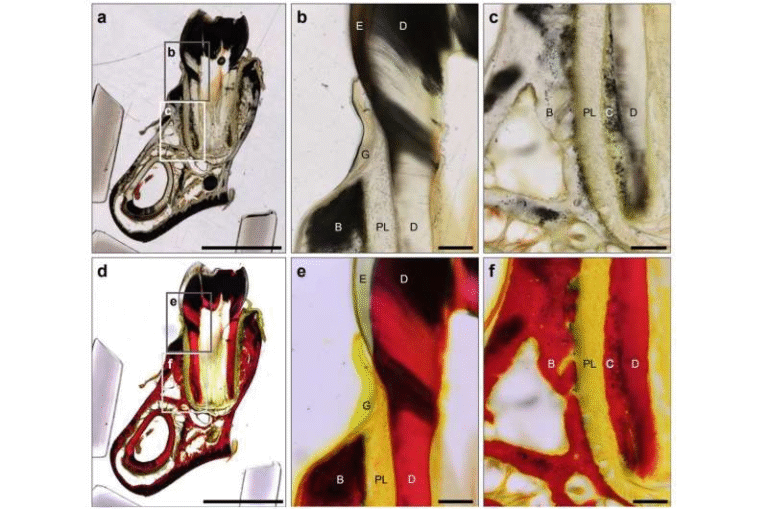Mathematicians at Virginia Tech Create a New Model to Understand How Mosquitoes Spread Diseases

A team of mathematicians from Virginia Tech has developed a detailed new mathematical model that could reshape how we understand mosquito-borne disease transmission. The study, published in the Bulletin of Mathematical Biology in November 2025, is titled “Once bitten, twice shy: A modeling framework for incorporating heterogeneous mosquito biting into transmission models.” Led by Kyle J.-M. Dahlin, with co-authors Lauren M. Childs and Michael A. Robert, the research explores how mosquito behavior at the individual level can drastically affect disease spread at the population level.
Understanding the Problem: Mosquitoes and Disease Transmission
Mosquitoes are responsible for transmitting diseases like malaria, Zika, West Nile virus, and dengue, which together cause nearly a million deaths each year. The transmission process isn’t as simple as just “one bite, one infection.” A mosquito’s behavior—how it searches for hosts, how often it probes, and whether it successfully feeds—affects whether and how a disease spreads.
When a mosquito lands on a human, it doesn’t immediately start drinking blood. It first probes the skin, injecting a bit of saliva that can already contain pathogens. That means infection can occur before the actual feeding begins. On top of that, if a mosquito is swatted away or interrupted, it might go after another host, potentially transmitting the pathogen to multiple people within a short span of time.
The Virginia Tech team recognized that these real-world complexities are rarely accounted for in traditional disease transmission models.
Why Current Models Fall Short
Traditional mosquito-borne disease models make a key simplifying assumption: that each mosquito takes one bite per gonotrophic cycle (the period between blood feeding, egg development, and the next feeding attempt). In reality, mosquitoes can make multiple attempts per cycle, sometimes probing several humans before obtaining a full blood meal.
This simplification can seriously underestimate transmission potential. The researchers noted that many models tie the biting rate directly to the duration of the gonotrophic cycle, assuming a simple linear relationship — the shorter the cycle, the more bites per day, and therefore higher disease transmission. But that’s not always how nature works.
To address this, Dahlin and his team built a new mathematical framework that includes the possibility of multiple bites per cycle, failed probing attempts, and variations in mosquito behavior.
What the Researchers Did Differently
The team’s model explicitly links mosquito biting frequency, biting success, and gonotrophic cycle duration (GCD). By incorporating behavioral diversity and realistic mosquito actions, they derived new formulas for two key epidemiological indicators:
- The basic offspring number (N₀) — how fast a mosquito population can sustain itself.
- The basic reproduction number (R₀) — how efficiently a pathogen spreads through the population.
By examining multiple model scenarios (empirical, phenomenological, and mechanistic), the researchers tested how different assumptions about mosquito behavior changed the outcomes.
Surprising Findings from the Model
One of the most fascinating results is that allowing for multiple bites per cycle changes how disease transmission scales with mosquito life cycles. The relationship between GCD and R₀ is not simply linear anymore — it can become nonlinear, saturating, or even reverse depending on specific parameters.
In some cases, a faster mosquito reproductive cycle (a shorter GCD) can actually lead to lower overall disease transmission, which is counterintuitive compared to earlier models. This happens because as mosquitoes speed up their life processes, they may also spend less time per host, leading to fewer successful infections.
The model also showed that probing success and ingestion success (the mosquito’s ability to start and complete feeding) are among the most influential factors in determining transmission potential. Controlling these processes — for example, preventing mosquitoes from successfully probing or feeding — could therefore have a greater impact on reducing disease spread than previously thought.
The “Let It Bite” Insight
One attention-grabbing takeaway from the study is that, at a population level, it might actually be better to let a mosquito bite you than to interrupt it mid-feed. Here’s why: when you swat or scare off a mosquito before it finishes feeding, it’s likely to go after someone else, which can increase the number of infected people overall.
This doesn’t mean anyone should willingly get bitten. But the insight underscores the complexity of mosquito behavior — and how human reactions can unintentionally influence disease spread.
Implications for Public Health
The findings could change how we think about mosquito control strategies. Instead of focusing only on killing mosquitoes or shortening their lifespans, interventions might be designed to disrupt specific parts of the biting process.
For example:
- Repellents that stop mosquitoes before they land may be more effective than those that act after landing.
- Insecticides that target probing behavior might reduce the chance of pathogens being injected.
- Behavioral interventions, like wearing certain fabrics or using pre-landing deterrents, might prevent mosquitoes from attempting multiple bites across different people.
These targeted strategies could reduce the “looping” patterns of infection where one mosquito infects several hosts in a short time span.
A More Realistic View of Mosquito Behavior
The model developed by Dahlin and his team bridges a gap between vector ecology (how mosquitoes live and behave) and epidemiology (how diseases spread). It treats the mosquito not just as a uniform transmitter but as an individual agent with behaviors that vary across time and circumstances.
By combining mathematical modeling with biological realism, the study opens the door for new research that captures the messy, probabilistic nature of disease transmission in the real world. Future studies could use field data to parameterize this model — that is, feed it real-world observations about mosquito species, biting habits, and environmental conditions — to fine-tune predictions for specific regions.
Why This Model Matters
This kind of nuanced modeling is especially important for places where mosquito-borne diseases are endemic, such as tropical and subtropical regions. It helps public health officials:
- Design more efficient vector control programs.
- Predict outbreak thresholds more accurately.
- Understand how behavioral shifts in mosquitoes (due to climate change, insecticide resistance, or habitat change) might alter disease risks.
It also reminds us that in the battle against mosquito-borne diseases, behavior matters — both theirs and ours. A small behavioral change, like when a mosquito decides to switch hosts or when a person swats it away, can ripple across an entire population’s infection dynamics.
More About the Researchers
Kyle J.-M. Dahlin is a postdoctoral associate in mathematics at Virginia Tech, working on mathematical models of biological and epidemiological systems.
Lauren M. Childs, the Cliff and Agnes Lilly Faculty Fellow, is an associate professor of mathematics focusing on infectious disease modeling.
Michael A. Robert is a researcher who collaborates on modeling mosquito-borne pathogen systems.
Together, their work combines mathematics, biology, and epidemiology to tackle real-world problems — using equations not just to describe patterns, but to reveal new ways to interrupt them.
A Bit More About Mosquito Biology
To understand why this modeling is so complex, it helps to know how mosquitoes live and reproduce. The gonotrophic cycle is central to a mosquito’s life. After a blood meal, the female digests the blood to develop eggs. Once the eggs are laid, she seeks out another host to begin the cycle again.
Different mosquito species have different feeding frequencies and host preferences. For example:
- Anopheles mosquitoes (which transmit malaria) are mostly night feeders.
- Aedes aegypti, the Zika and dengue vector, tends to bite during the day and prefers humans.
- Culex mosquitoes, responsible for West Nile virus, are opportunistic and often feed on birds as well as humans.
Environmental conditions like temperature, humidity, and light also influence biting rates and reproductive cycles. Warmer temperatures can speed up the gonotrophic cycle, which may increase disease risk — unless, as the new model suggests, other behavioral factors counterbalance that effect.
The Road Ahead
The Virginia Tech study adds a much-needed layer of realism to mosquito disease modeling. It’s not about finding a single perfect model, but about building a better understanding of the small but powerful creatures that influence global health.
The researchers are hopeful that this framework will inspire future studies, possibly integrating data-driven simulations and field observations to test new strategies for disease suppression. While it may not be the ultimate solution, it’s a valuable tool in the ongoing effort to outsmart one of humanity’s deadliest animals.
Research Paper: Once bitten, twice shy: A modeling framework for incorporating heterogeneous mosquito biting into transmission models





